NEW YORK – Here are notes, quotes, and quips from the annual RailTrends conference, held Nov. 14-15.
CPKC plans to build more hydrogen fuel cell locomotives
Canadian Pacific Kansas City CEO Keith Creel says the railway’s handful of hydrogen fuel cell locomotives are proving themselves in revenue service every day. There are a lot more of the low-horsepower versions to come: Creel says that over the next several years CPKC will convert 200 diesel-electrics to fuel cell locomotives for use in local switching operations.
CPKC’s second high-horsepower hydrogen fuel cell locomotive is nearing completion. The first AC-traction unit is currently in operation with a fuel tender alongside conventional locomotives on Elk Valley Resources unit coal train service between the mines in southern British Columbia and tidewater at Vancouver.
Creel noted that CPKC’s hydrogen locomotive joint venture with CSX will help prove out the technology and that more joint ventures may be in the works. CSX displayed one of its two hydrogen fuel cell locomotives during its investor day at Waycross, Ga., two weeks ago. “Our paint scheme’s better,” Creel joked.
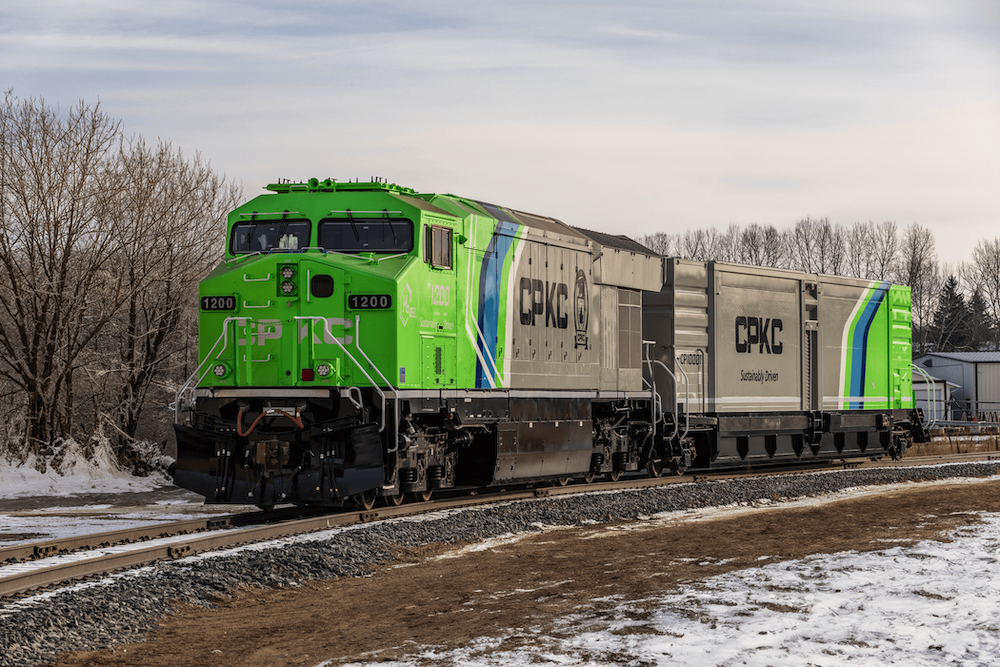
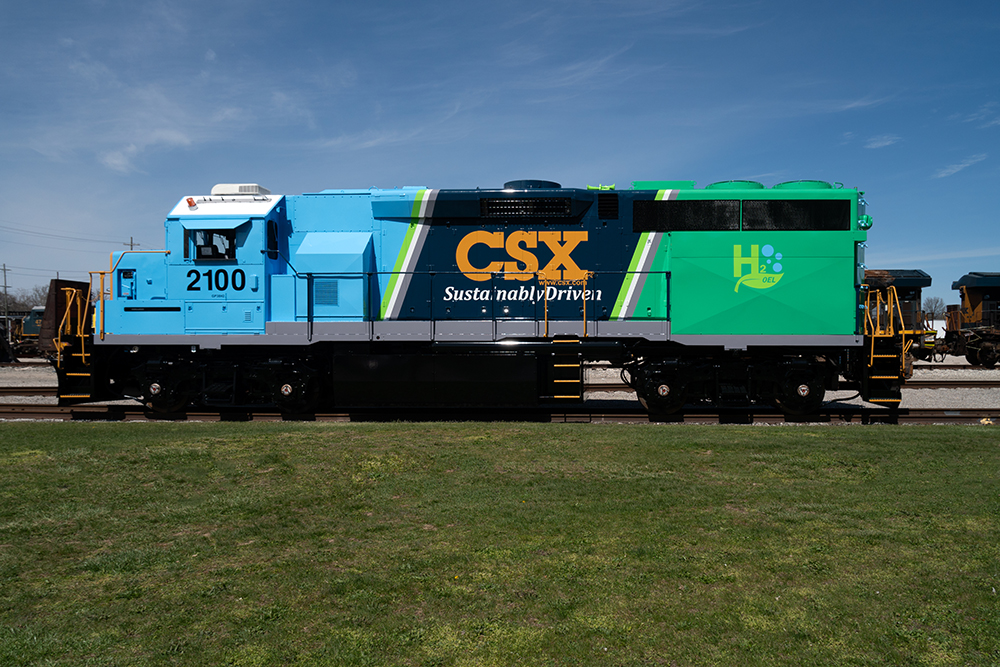
And speaking of fuel
When it comes to reducing rail’s carbon footprint, Wabtec Chief Commercial Officer Gina Trombley says “the locomotive side of this game is the easy part.”
“The tough part is building out the infrastructure for the fuel,” she says of efforts to decarbonize locomotive power. “We’re focused on fuel flexibility, including running hydrogen through the internal combustion engine to give the industry time to shift the infrastructure. By being flexible, we can burn various blends of lower carbon fuels that can also reverse to 100% No. 2 diesel where fuels aren’t available like bio and renewable. When you’re already five times more efficient than truck, there is no reason to impede operations more than you need to.”
Not feeling the love…yet
As he does everywhere he goes, CSX CEO Joe Hinrichs discussed the railroad’s strategy of improving service through culture change. Make employees feel valued and respected, he says, and they will be motivated and inspired to provide good service.
“When I got this job … I said, ‘We’re going to focus on improving their relationship with our customers through service and with our employees through culture,’” he recalls of his first weeks as CEO in September 2022.
“And a lot of people said, ‘Oh my God, that sounds really expensive and PSR is dead,” Hinrichs says of the low-cost Precision Scheduled Railroading operating model. “By the way, I’m still two years into this. I don’t know exactly what the definition of PSR is. I say all the time: It’s always been scheduled and it’s never been precise.”
Hinrichs says CSX is making progress on improving the labor-management relationship, but acknowledges it will take time to win over skeptical employees and more than 150 years of confrontation between railroads and unions.
“I know people love trains,” Hinrichs says. “We really want to get ’em to love railroads. They don’t. They don’t right now. But we can get there.”

Did you hear the one about the farmer and the railroad?
Canadian National CEO Tracy Robinson says she understands why people would be skeptical about the rail industry’s ability to grow and provide good service through thick and thin. Robinson grew up on a farm in Saskatchewan and notes that Canadian farmers have a “complex” relationship with railroads.

“On the Prairies we had this joke: There’s a farmer and he comes … back to the farm one afternoon, of course only to discover that this hailstorm has taken out his grain crop. And he goes back to the farmhouse. It has been struck by lightning and his wife inevitably has always run off with the farmhand. And he goes out to the field with emotional angst, and he is looking up at the heavens and he raises his fist and he said, ‘Darn those railroads,’” she said to a round of laughter from the audience. “Usually it’s a little spicier farm language.”
“I grew up from a very early age with that sense of skepticism about this industry. And here all these many, many, many years later, I still see skepticism,” she says.
“In the face of this skepticism though, I would tell you there’s a tremendous amount of good things that are happening in this industry,” Robinson says.
My locomotive’s bigger than your little tea kettle
Union Pacific CEO Jim Vena took to the stage right after Canadian Pacific Kansas City CEO Keith Creel. One of the things Creel talked about was the success of Canadian Pacific 4-6-4 No. 2816’s round trip from Calgary to Mexico City in celebration of the CP-KCS merger, and how the locomotive has an ability to connect with people.
Vena, who worked with Creel at Canadian National, couldn’t resist a friendly jab. “We’re here to win and we’re here to be as good as we can be with this franchise that was built 162 years ago. And if we’re going to have a steam engine – Keith brought it up, I got to do it – he can have his little Mickey Mouse steam engine,” Vena joked.
“Lemme back up and try that again. It’s fantastic that Keith and CPKC have got a great steam engine with a lot of history,” Vena said, noting that he’s a fan of railroad history and that UP’s Big Boys were built to handle 100-car trains up Sherman Hill and over the Continental Divide in Wyoming.
“One engine: 4-8-8-4. There is nothing quite like it,” Vena said of Big Boy No. 4014.
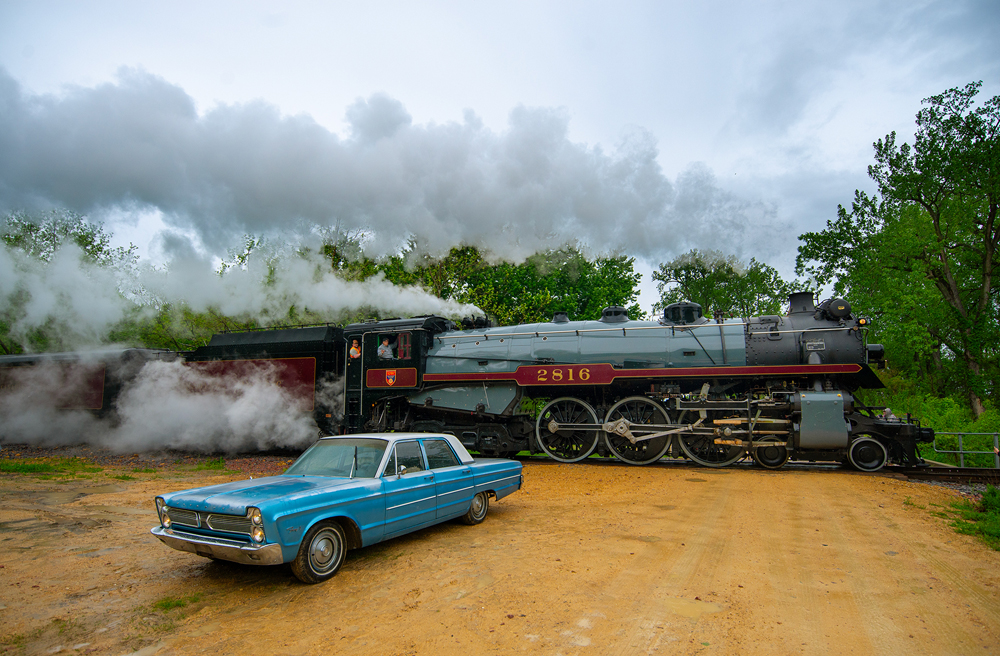
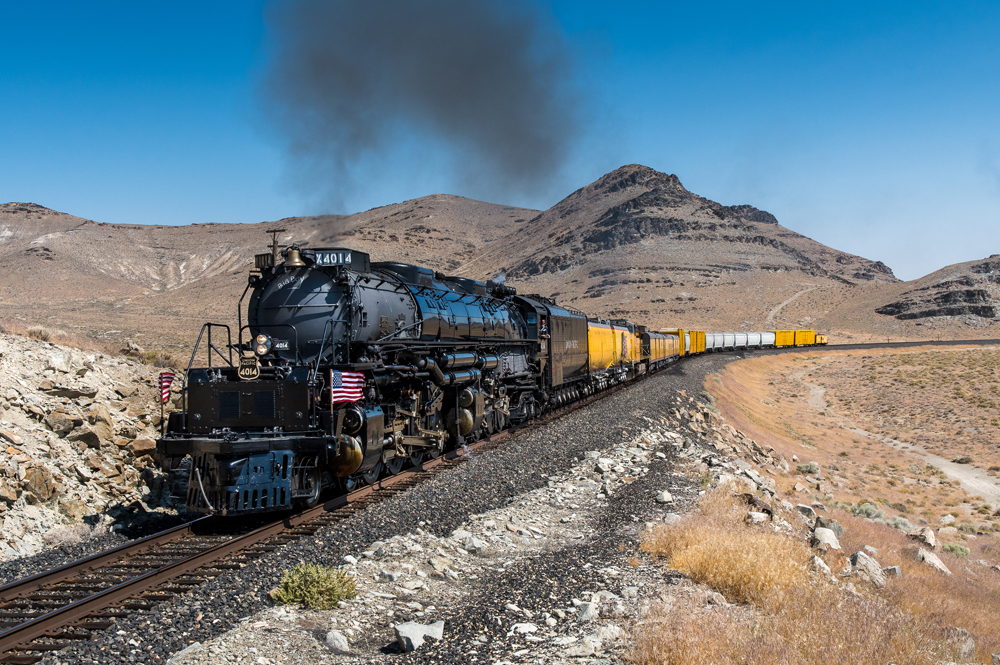
The way to settle disputes between railroads
Surface Transportation Board Vice Chair Karen Hedlund said that the Amtrak Gulf Coast case, which the passenger railroad recently settled through an agreement with CSX, Norfolk Southern, and the Port of Mobile, Ala., went on way too long. “We had 11 days of hearings,” she said regarding Amtrak’s plans to resume service between New Orleans and Mobile.

Hedlund saluted CSX CEO Joe Hinrichs, the former Ford and GM executive who joined the railroad in 2022 while the case was already winding its way through the STB. “I give all the credit to Joe Hinrichs, because I think anyone who could negotiate with the UAW could negotiate with Amtrak,” Hedlund quipped.
On the dispute front, Hedlund noted that conflicts between railroads could get ugly before the creation of STB’s predecessor agency, the Interstate Commerce Commission. She cited the famous gunbattle between the Santa Fe and the Denver & Rio Grande for access to the Royal Gorge in Colorado, where there’s only room for one railroad to run through the narrow canyon carved by the Arkansas River. The Colorado Railroad War of 1879 involved noted Wild West gunslingers Bat Masterson and Doc Holliday. The Rio Grande emerged triumphant, and today the route is home to tourist-hauler Royal Gorge Route Railroad.
“So that’s how things used to be settled,” Hedlund says. “Today people have to come to us and I think we’re going to do the best that we can to resolve issues where the parties cannot resolve them among ourselves and carry on.”
The STB blues (and reds)
The nation’s capital may be hyperpartisan these days, but that doesn’t extend to the Surface Transportation Board. “For the most part, the issues we deal with are non-partisan,” Vice Chair Karen Hedlund says.
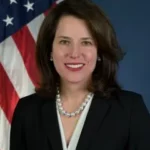
When Exxon, for example, has a service problem with Union Pacific, “it’s hard to see where the R and D is on that,” she says.
The board’s two Democrats and two Republicans have the same goals, and while they may disagree on aspects of regulation they all get along quite well, Hedlund says. “I’m not wearing a blue suit to make a political statement,” Hedlund said to laughter.
That prompted Republican board member Michelle Schultz to jump in, leading to more laughs. “Honestly, I considered wearing a red dress,” said Schultz, who was clad in a dark blue dress. She did, however, wear a red dress the next day.






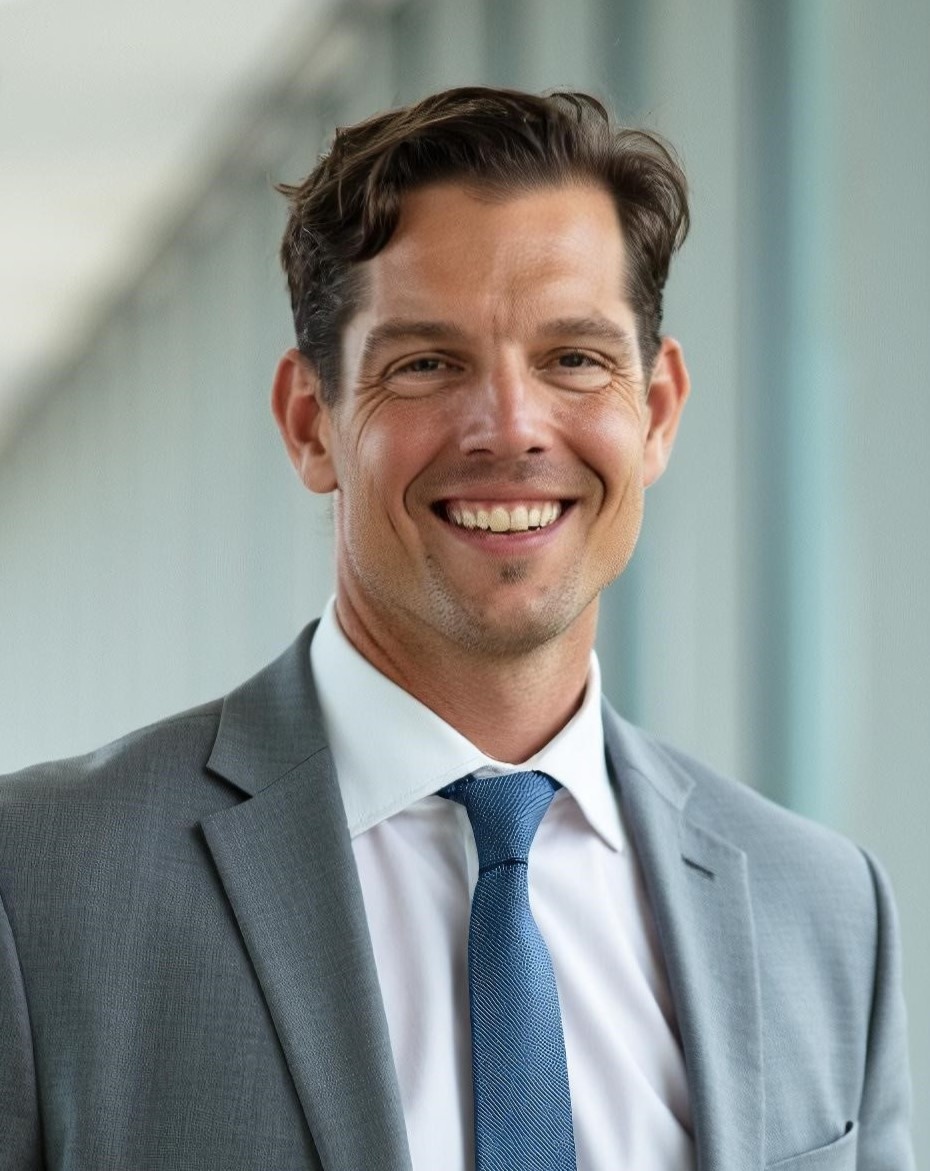
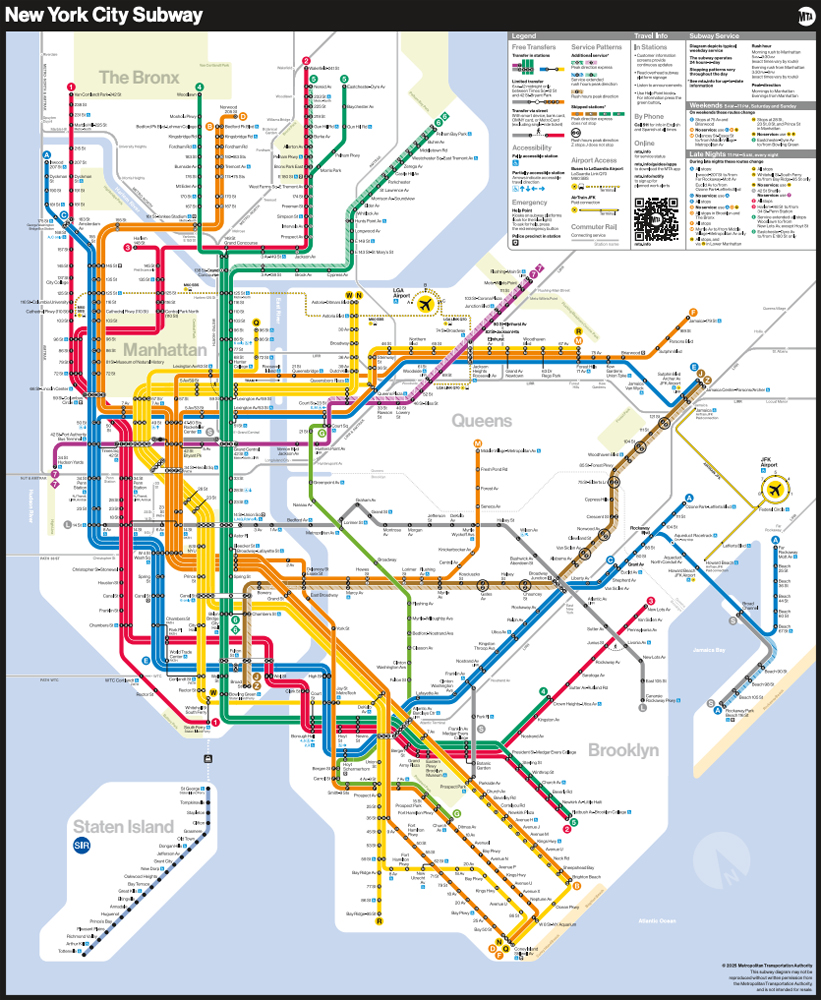





What I like about the hydrogen tender in the above pic, is that it opens the possibility (if it isn’t already that way, as the above pic is hard to discern if the tender is equipped with MUed traction motors wheels???) of an MUed mother/slug fuel and traction arrangement, which of course is much easier to construct than the vintage steam era Erie Triplex tender, and could also be more multi-use efficient than the latter year, traction only, mother/slug diesels.
I vaguely recall such a diesel arrangement at E-L Rwy’s Croxton Yard’s north & south humps back in the early 70s, but it might have been a calf/cow instead of a mother/slug arrangement???
.
What has not been posted is that California governor signed a bill that exempts and environmental review installing zero emissions to any existing RR track. So all a RR would have to do is the engineering of stringing wire. That mainly would be engineering for potholing design for the CAT supports.
Wouldn’t that be a great national policy?
It takes energy to make hydrogen. Why not use that energy to run the locomotive
Agreed. Mobility, as opposed to stationary, should be factored in hydrogen efficiency and cost effectiveness.
Hydrogen locomotives are performative green washing. Without massive subsidies and executives seeking ESG brownie points, it would never happen.
Want to eliminate fossil fuels from railroads? String catenary. A proven solution that require thinking beyond the next quarter, ignoring vesting of executive stock options and eschewing PR.
Is Hedlund blaming AMTRAK for the standoff to get passenger service to Mobile?